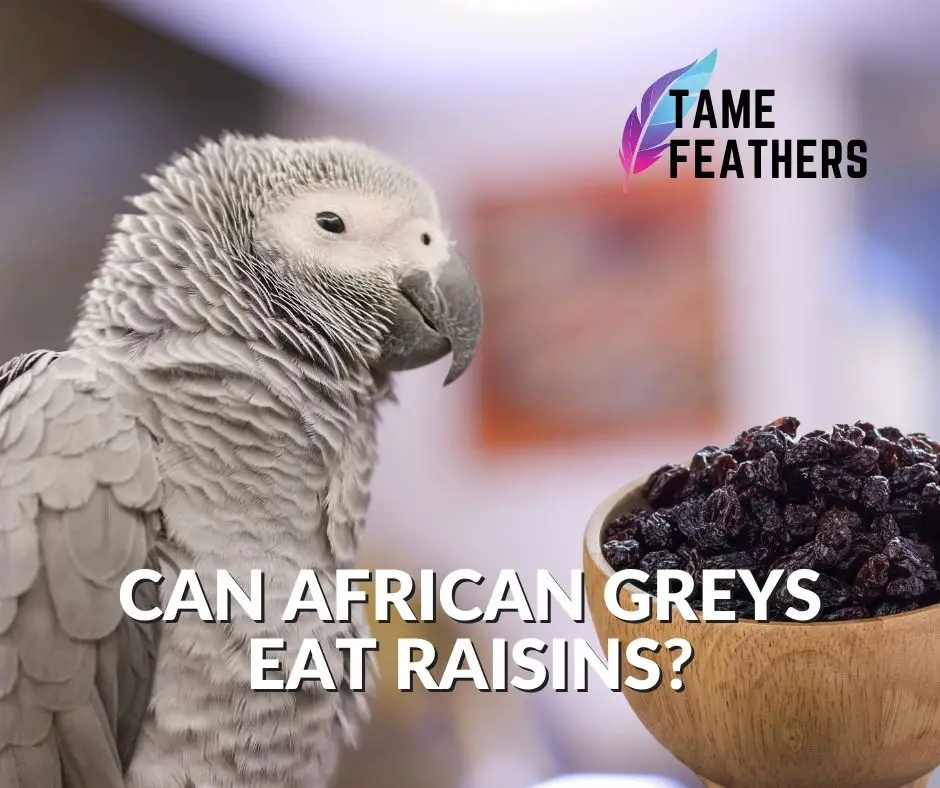Can ducks and rabbits live together? The short answer is yes, these adorable creatures can coexist harmoniously under the right conditions. However, careful planning and understanding of each animal’s needs are crucial to ensure a peaceful living arrangement. In this discussion, we delve into the intricacies of creating a shared habitat that fosters positive interactions between ducks and rabbits while maintaining their individual well-being. Join us as we explore this unique partnership that brings these charming animals closer than ever before!
Compatibility of Ducks and Rabbits as Pets
Are you considering getting both ducks and rabbits as pets and wondering if they can live together harmoniously? The short answer is yes, ducks and rabbits can live together in the same household. However, there are several factors to consider before introducing them as housemates.
While some people may find the idea of having two different species living in the same space to be curious or amusing, it isn’t just about being aesthetically pleasing. It is essential that both animals’ physiological, psychological and social requirements are met for a successful cohabitation arrangement.
Habitat Requirements for Ducks and Rabbits
Ducks are social birds that love proactively engaging in activities like swimming or playing with floating objects. In contrast, rabbits prefer not to get their paws wet but enjoy digging tunnels, chewing on things like cardboard boxes, willow balls or sticks.
It’s vital to note that waterfowl may unintentionally harm terrestrial creatures such as rabbits during recreational activities like swimming or playing. On the other end of the spectrum, domestic predators like dogs could attack backyard fowl when they notice them engaging in leisurely activities.
Thus, it’s recommended that ducks have their own enclosure separate from rabbits. An ideal environment for ducks would include a coop for nighttime shelter and at least a small pond with plenty of space for them to swim around during the warmer months.
For rabbits who will primarily be indoor animals likely situated within an enclosure-cum-cage made out of mesh wiring structure with enough floor space within which they can stretch maximally without difficulty- ideally atleast 3-4 times their body length.
Optimal Living Space Size for Both Species
Ducks require ample living space since they are relatively large birds; thus, an outdoor area that measures at least 10 by 20 feet (200 square feet) would be ideal for them to live comfortably alongside other feathered friends while indoor setups can be proportionately smaller.
On the other hand, rabbits will require an indoor living arrangement that is at least two to three times their body size. The recommended floor space for a pet rabbit should be around 24 square feet or more. As rabbits are active creatures, especially in the evenings and mornings, it is essential to ensure there’s enough room for ample exercise.
Ducks and Rabbit Natural Behaviors
Distinguishing Duck Behavior Traits
A notable duck behavior trait is that they are social; as such, they love playing with each other and require interaction. Ducks also revel in the water – it’s potentially their favourite thing about being ducks.
Ducks also have a tendency to make noise: patters of quacking which could prove irksome or entertaining depending on your familiarity with having birds around the house.
Distinguishing Rabbit Behavior Traits
Domesticated rabbits are gentle creatures that enjoy spending time with human companionship as well. One striking fact to notice when it comes to rabbit behavior is that they prefer dry ground, unlike ducks who revel in getting wet while playing in or around water sources.
Further traits include gnawing/chewing on objects like furniture legs, shoes or clothing if left unchecked – this action helps prevent teeth overgrowth since their teeth continue growing throughout their lifetime if not properly kept trimmed by rubbing against surfaces like hay piles or litter box bedding.
Social Dynamics Between Ducks and Rabbits in Shared Spaces
While both species can cohabit peacefully, social dynamics play an essential role. Rabbits do not pose a threat to ducks who primarily command authority due to their ability to swim across ponds quickly when alarmed; however, a territorial male duck may become aggressive towards a new member of his household (rabbit) when joining an established duck group.
Potential Conflicts between Ducks and Rabbits
Some minimal conflicts between ducks and rabbits can arise from physical activities such as swimming pools inadvertently leading into cages where rabbits are located – this could dampen the rabbits’ lives since they prefer dry spaces or environments.
Effective Management Techniques to Encourage Coexistence
To ensure that both species coexist peacefully, there are several strategies you can implement:
1. Establish enclosure boundaries
2. Dedicate a separate time for each species outside of their living quarters.
3. Ensure water sources or puddles cannot leak into rabbit indoor enclosures.
Nutritional Requirements for Healthy Duck-Rabbit Co-Habitation
Feeding Considerations When Mixing Species
Ducks and rabbits have different dietary needs suitable to their respective habits but can eat together without any adverse consequences when provided food not harmful to either animal’s digestive system.
For example, ducks should stick predominantly to a duck diet comprises duck pellets, grains like wheat or barley, and small amounts of vegetables and fruit. In contrast, rabbits require hay and vegetation most of the time while properly monitoring carbohydrate-laden foods like fruits since an unrelated diet would lead to digestive issues.
Health Risks Associated with Shared Living Spaces
Proper Hygiene Methods to Protect Against Infection
Zoonotic Disease Prevalence among Ducks or rabbits
Zoonotic diseases pose potential health risks for all animal caretakers; however, transmission rates from rabbits and ducks remain relatively low provided cleaners take necessary hygienic precautions such as wearing gloves while attending to either group’s hygiene requirements .
Potential Risks of Cross-Contamination
Risks associated with cross-contamination include sharing feeding equipment on both groups mixing could inadvertently cause bacteria buildup within shared enclosures – this often occurs when primers who feed animals simply leave the food sitting out all day resulting in fecal contamination since the bowls/food surfaces were not cleaned in-between meals.
Implementing Precautions to Avoid Health Concerns
Personal protective equipment(PPE) like gloves is crucial during cleaning activities that involve uncontrolled animal contact – this ensures contamination its prevention altogether.
If you are considering keeping rabbits and ducks, ensure that you are thorough in their living arrangements.
Effectively Supervising Interaction Between the Animals
Some supervisory styles include scrutinizing the respective animals’ behavior traits, creating distinct sections within living quarters, and ensuring access to veterinarians when required.
Adapting Their Environment Based on Needs throughout Lifespan
An ideal environment should be adapted depending on each species’ respective behaviors or stages in life to ensure an optimal quality of life; for example, chickens grow quicker than rabbits – this necessitates additional space as they grow most suitable indoors until fully mature.
Recognizing Signs of Stress or Unrest Amongst Cohabitant Animals
Stress signs include excessive quacking from ducks or biting one another . It’s important to have an understanding of what behaviour changes signify distress for either species, especially if they have not exhibited them before.
The Importance of Monitoring Inter-Species Bonds
It is vital to observe how rabbits and ducks behave around each other to determine whether it’s safe to continue with cohabitation. Additionally , observing every animal’s weight fluctuations can signal underlying health issues; as such, regular trips to veterinary doctors are recommended.
Separation Options if Co-Habitation Is Not Successful
If cohabitations fail despite initial efforts designed towards the purposeful arrangement or course-correction practices, consider separate living arrangements for both species.
Assessment: Determining Whether a Mixed Household Is Right For You
Weighing out the pros and cons will aid in determining whether mixed household ownership is right for you. Are dedicating ample resources – space, time? Can you make your home a comfortable environment that accommodates their particularities without putting either species at risk?
Ultimately it boils down to proper planning/research before introducing both creatures into one shared space; following through with exercising adequate hygiene management practices during daily care requirements/politics that may arise from either being territorial/aggressive.





